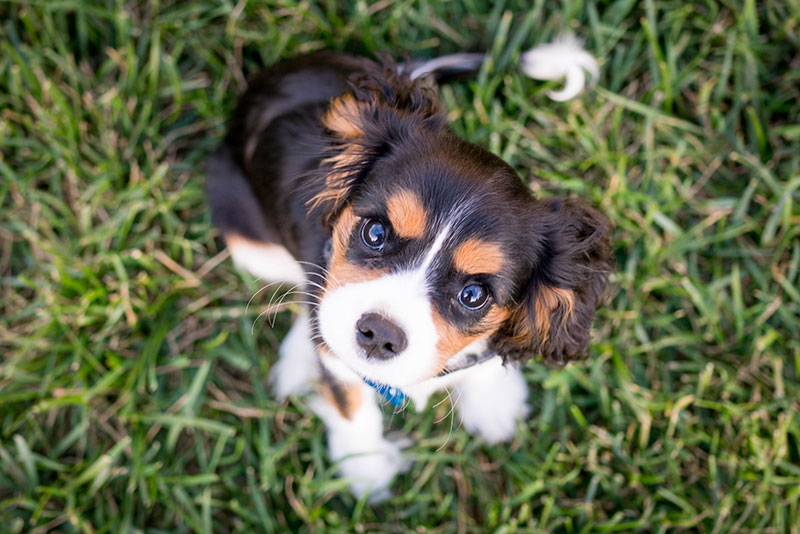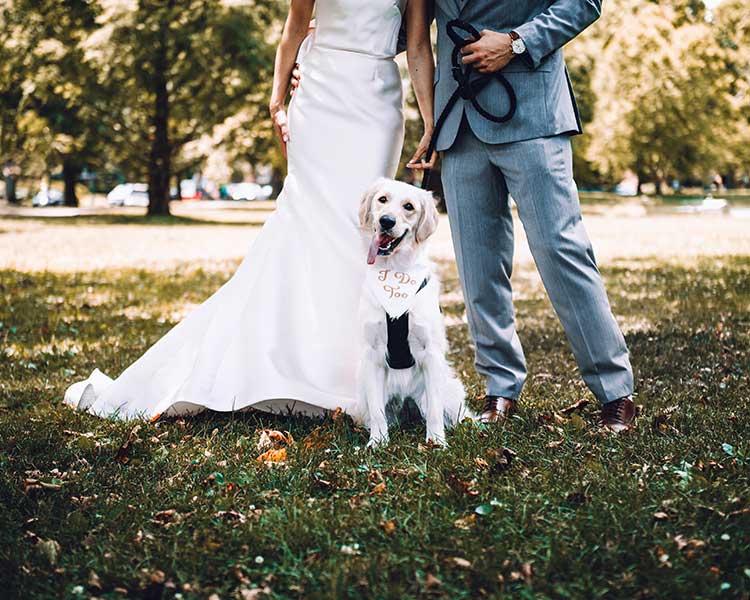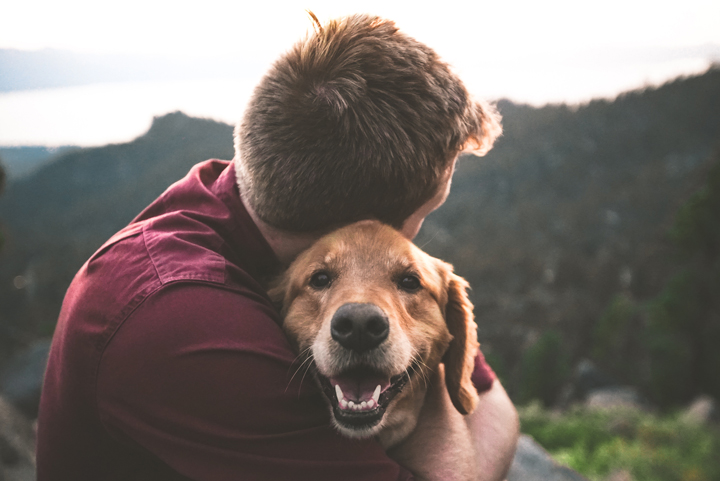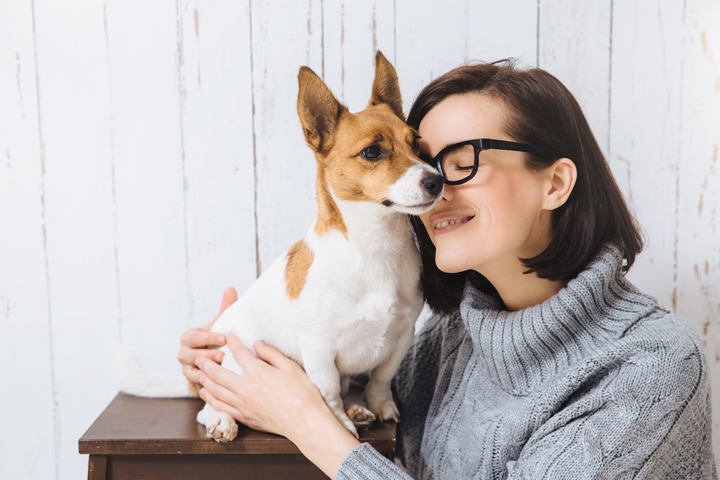Riding the Storm Out: Helping Your Dog Deal With Thunderstorms

It’s thunderstorm season, and if your dog is afraid of thunderstorms, it can feel nightmarish. You may find yourself checking radar every day, worrying that a storm will crop up while the dog is home alone, hoping the dog doesn’t destroy the house, or panic to the point of self-injury. Thunderstorm phobia is real.
If a dog reacts poorly to thunder, lightning, wind, he may exhibit the following symptoms: trembling, panting, pacing, whining, drooling, attempts to hide, or attempts to get into a bathroom or the basement. Help the dog.
Get a Thundershirt for the dog
Using pressure to relieve anxiety has been a common practice for years, but without taking a class in a special kind of training that involves a pressure body wrap; there weren’t many options until recently. The Thundershirt makes it easy to put a lightweight, stretchy jacket on the dog and press some Velcro strips together to create a doggie version of pressure that works in a similar manner to swaddling an infant, or having people with autism use pressure to reduce persistent anxiety.
Give it a couple of test runs when there isn’t any chance of storms, to be sure to create a good association with the Thundershirt. Just put the Thundershirt on the dog at dinner time. Feed the dinner a few nights with the Thundershirt on the dog. After the acclimation period, put the Thundershirt on a few hours before a storm. And sometimes put it on when there’s 0 percent chance of rain, too, just to be sure the dog doesn’t associate the Thundershirt with an impending storm.
Try an Adaptil collar
Adaptil is a synthetic copy of the natural comforting pheromone released by a mother dog to reassure her puppies. Research shows that Adaptil not only helps puppies, but also helps dogs of all ages who are stressed and anxious about thunderstorms and fireworks, veterinary visits, car travel, new additions to the family, and other issues and incidents. Adaptil comes as a room diffuser or a collar (as of the publishing of this article).
Music Therapy
The CD called “Through a Dog’s Ear” helps soothe a dog’s nerves. It can be helpful not only for storms, but also while the dog is home alone. The over-arching psychoacoustic theory behind “Through a Dog’s Ear” is summed up in just two words—simple sound. This is basically the process of minimizing intricate auditory information found in most music.
In other words, it’s not good enough to just leave the radio on—even if it’s playing classical music. That kind of music is too complex to help dogs relax. The music on “Through A Dog’s Ear” is specially composed and recorded to calm dogs.
Treatment
It’s better to treat fear or anxiety early, rather than waiting for it to grow or be generalized to other situations.
When a dog (or a person) is in a fearful state, learning can’t take place. If the dog is downstairs trembling and panting, he can’t learn how to feel better about storms. Medication can help with noise phobias—including fireworks and thunderstorms. The idea is to at least stop the event (thunderstorm) from continuing to strengthen a dog’s fear.
Medication is a way to open that window of opportunity in order to get a foothold into easing the fear. Veterinarians are on the front lines. They are qualified to advise dog owners about whether their dog is a candidate for medication, and to determine which medication would be most appropriate.
________
As a trainer, I stand ready to implement the conditioning necessary to teach dogs that thunder and lightning isn’t all bad. But, I can only make progress if the dog is in a less fearful or anxious state. Medication doesn’t necessarily tranquilize or sedate a dog. They can be alert, functional, and awake, yet be bothered less by the booming and noise of thunderstorms or fireworks.
There is help for noise-phobic dogs! Try a combination of the products mentioned above. Talk to your veterinarian about the benefits of using medication to help teach the dog to relax during a thunderstorm.










Leave a Reply